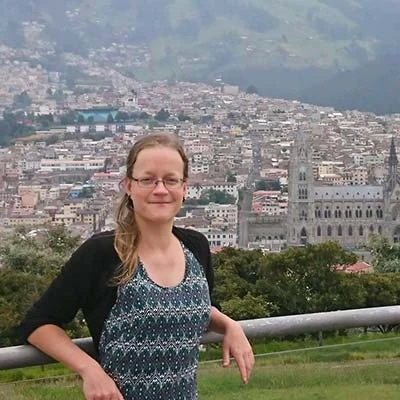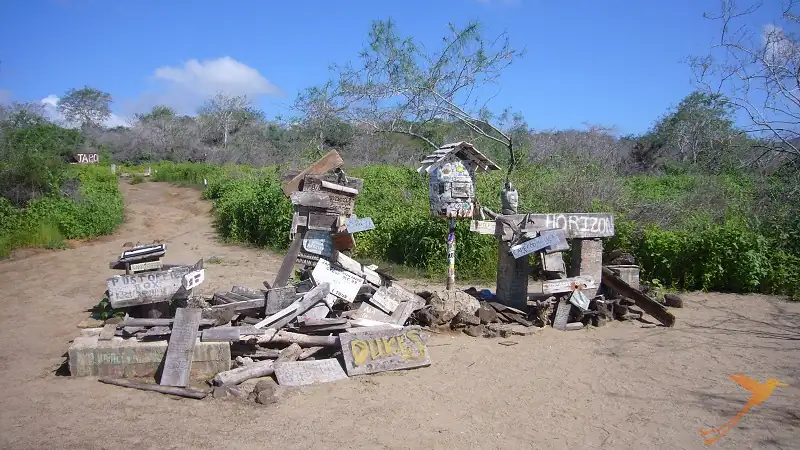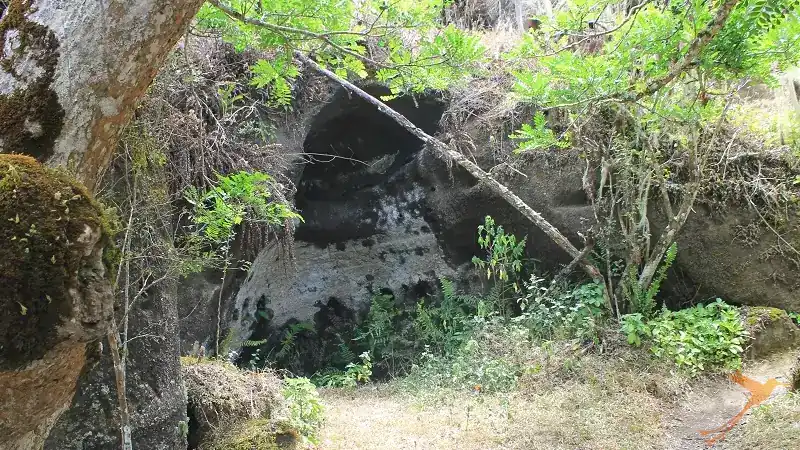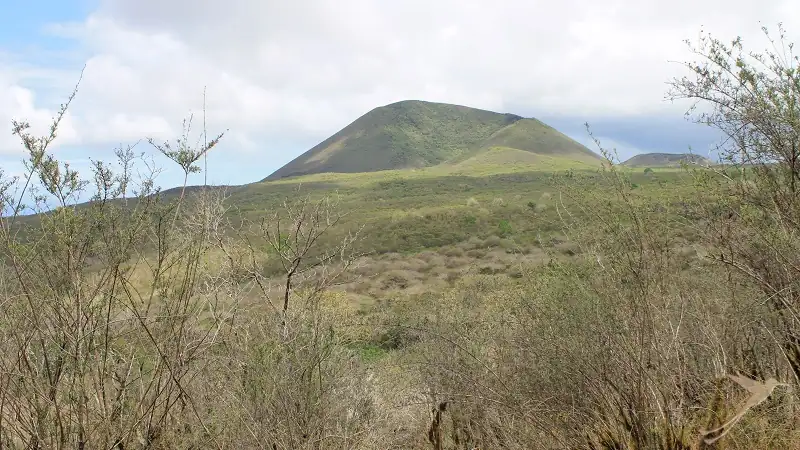
Floreana in the south of the archipelago is the smallest of the inhabited Galapagos Islands, but certainly the one with the most varied history in terms of its settlement. Several books have been written about it, which we will refer to later. In the following, we would like to give you an outline of the exciting events on Floreana.
Discovery and first attempts for colonization
After the discovery of the island in 1535 by Tomás de Berlanga, pirates used Floreana as a hiding place and anchorage in the 17th century. Two freshwater springs in the interior were the reason why sailors stayed or settled here for longer at all. English whalers followed in the 18th century. They established a “post office”, which is still used by tourists today: The sailors dropped their letters into a wooden barrel, which served as a letterbox, and took those whose addressee lived near their destination. In this way, mail was delivered personally and, of course, often with an enormous delay. Today, travelers can send their greetings in a similar way. Probably the letters and cards now arrive a little faster.

Ecuadorians first arrived at the island around 1830 to establish a penal colony here. However, due to the unreliable availability of fresh water – the two fresh water sources were highly dependent on rainfall – the camp could not be operated for long.
Norwegian settlers built a fish cannery around 1924, but this project did not last long either.
Population by German dropouts
Four years later, the first dropouts arrived from Germany: the somewhat eccentric Berlin dentist Friedrich Ritter and the teacher Dore Strauch. They had each left their spouses in Germany to start a new, alternative life together. They set up a farm with an acre of land from which they could live. Friedrich Ritter became famous for having all his teeth extracted before his trip to Galapagos to avoid dental problems in a foreign country. According to Ritter’s notes, the couple fundamentally rejected Western civilization and followed various philosophical currents, including mysticism, the ideas of Nietzsche and Lao Tse as well as life-reform ideas. According to reports, Friedrich Ritter repeatedly became violent towards his partner, who was already physically severely limited by her multiple sclerosis.
In 1932, the Kölln couple Heinz and Margret Wittmer came to Floreana together with Heinz’ sickly son Harry. Margret Wittmer was pregnant and gave birth to Rolf Wittmer – the first person to be born in Galapagos – in a cave. Today, the cave is one of the visitor attractions on Floreana.

Four years later, she had a daughter, Floreana Ingeborg. Today, the Wittmer descendants own a hotel on Floreana as well as several cruise ships.
The self-proclaimed Austrian baroness Eloise Wagner de Bousquet, who later even called herself the Empress of Galapagos, arrived at around the same time as the Wittmer family.
Two Germans, who were presumably both her lovers, traveled with her. However, most of her fellow travelers soon left the island again. The baroness’s aim was to build a hotel complex for American tourists, which is why she had brought plenty of building materials with her. The project failed, however, but the baroness still advertised her accommodation “Hacienda Paradiso”, which was ultimately just a corrugated iron hut. Nevertheless, wealthy Americans in particular were repeatedly drawn to the island, which had become famous for its curious inhabitants. They even brought gifts for the inhabitants. Among the visitors was millionaire John Hancock, whose yacht was also carrying the scientist John S. Garth, who filmed extensively on Floreana.
The Galapagos Affair
Over time, the baroness repeatedly committed acts of violence against the other settlers as she claimed the island for herself. She controlled the supplies they brought with them and the mail traffic of the other settlers. She sometimes used armed force against new immigrants and seriously injured some of them. They did not treat their fellow travelers lightly either. Events came to a head in 1934 in the so-called Galapagos Affair: one of the baroness’s lovers, Rudolf Lorenz, was now in poor health and increasingly served as a whipping boy and servant, who was regularly abused and harassed by the baroness herself and her other companion, Robert Philippson. It got to the point where Lorenz had to seek refuge with the Wittmers or planned to leave the island because he was now afraid for his life. Much of what happened next is speculative. The fact is that Eloise Wagner and Philippson disappeared without trace, whereupon Lorenz sold the baroness’s entire estate to Ritter and the Wittmers. Together with the Norwegian fisherman Trygve Nuggerud, Lorenz sailed to Santa Cruz. He wanted to continue to San Cristobal in order to return to Europe from there. But something must have happened on the crossing from Santa Cruz to San Cristobal, because the ship carrying them never arrived in San Cristobal. Their bodies were discovered a few months later on the small island of Marchena, but the boat was never found again.
In the meantime, Friedrich Ritter died on Floreana, allegedly as a result of meat poisoning. Or was he intentionally poisoned by Dore Strauch? We will probably never know. Strauch returned to Germany in December 1934.

The events made headlines around the world and were written about by several people. For example, by Margret Wittmer herself in her book “Floreana: A Woman’s Pilgrimage to the Galapagos”. The British author John Treherne, who was also an entomologist, became aware of the events during his research stay on Galapagos. In his book “Lost in Paradise”, he attempted to explain and clarify the Galapagos affair as accurately as possible through extensive research and interviews with eyewitnesses. The extent to which he succeeded is difficult to prove, but this book is certainly an exciting read.
Have you become curious about the island of Floreana? Get to know it on a cruise, for example after your voyage to Ecuador. We will be happy to help you with the planning!







